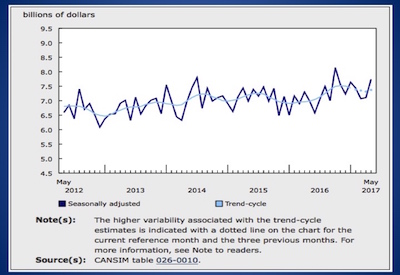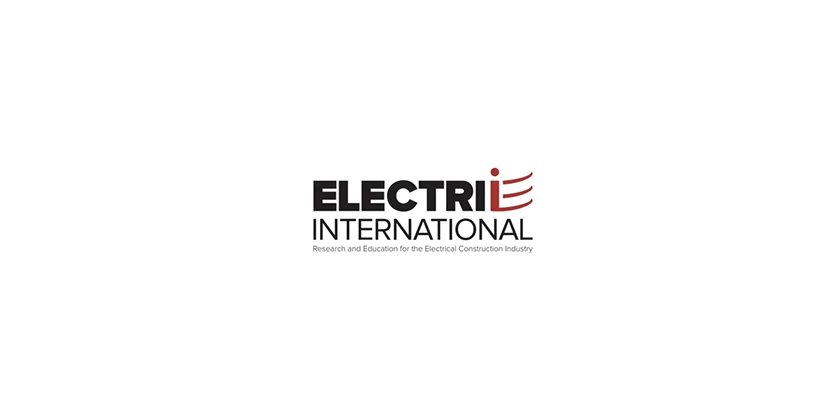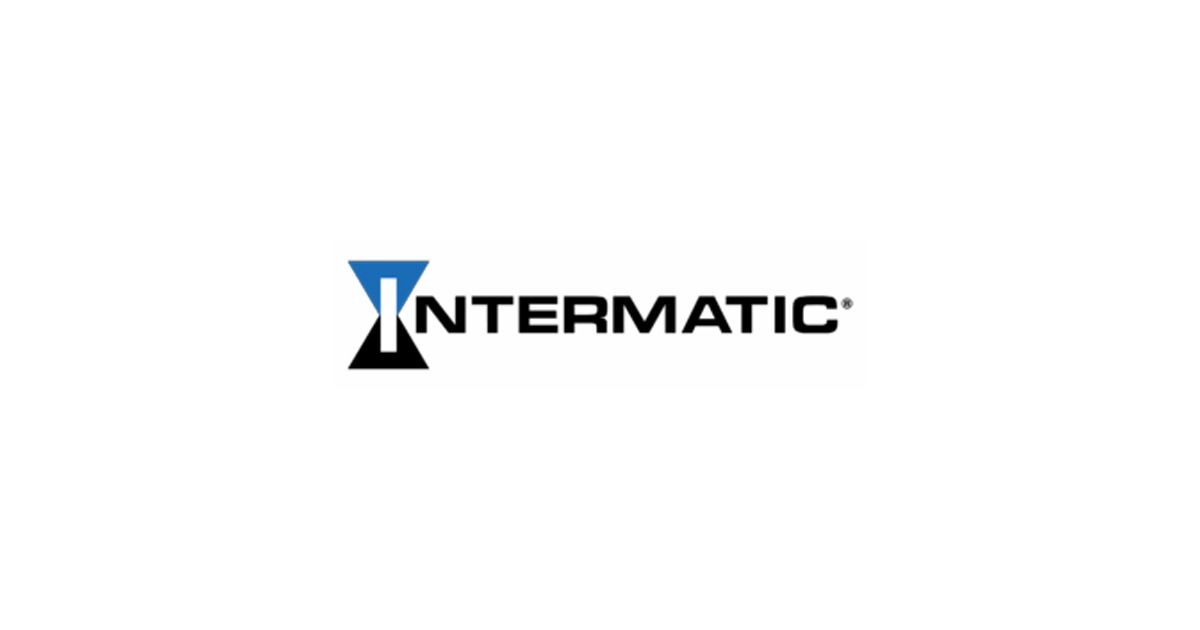Efficient Charging Management for the Mobility of the Future: An Interview with Klaus Jung

May 26, 2022
High oil and gas prices combined with mobile standstill during the pandemic and the requirements of the Paris climate goals give the topics of energy generation and storage, electrification and digitalisation a completely new actuality. Architects and urban planners are faced with the challenge of planning neighbourhoods in harmony ecologically, economically and socio-culturally. In doing so, they must bring together the interests of the municipalities and building owners.
The concept of the “15-minute city” should make it possible to cope with all required facilities such as shopping and work places, administrative, health and educational facilities with short distances. But solutions are also needed for destinations further away. In addition to local public transport, vehicles with alternative drives will be the means of transport of choice in the future. The automotive industry already offers a variety of vehicles, but they need a reliable charging infrastructure.
Stefanie Weitz from Light + Building spoke with Klaus Jung from the German Electro and Digital Industry Association, ZVEI e.V., about developments in the field of e-mobility and charging management.
Stefanie Weitz: Where do we currently stand with regard to the energy transition?
Klaus Jung: Politicians have set themselves the goal of putting around 15 million fully electric cars on the roads by 2030. To achieve this, the expansion of the charging infrastructure must be massively accelerated. Proximity to the place of residence is crucial, because a large part of the charging takes place at home. This is where the vehicles are parked for a longer period of time. Up to now, the focus of politics has mainly been on the expansion of the charging infrastructure at homes and the public network. However, it is at least as important to focus on the charging options at apartment buildings. They are an important building block on the way to expanding the charging network and thus also with regard to the energy transition. The future vision of the e-vehicle as a storage unit for locally generated renewable energy will only work, when larger residential units are integrated. When e-vehicles are integrated into the home grid, they can provide a balance in peak times of electricity supply and demand.
Stefanie Weitz: What are the biggest challenges at the moment?
Klaus Jung: If this goal is to be achieved, it is now a matter of accelerating the expansion of the charging network and continuously increasing the number of available charging points. An important point here is the modernisation of the electrical installations in residential units and buildings. There is a great need for modernisation here, because a large part is not up to the requirements, which means that charging points can often not be integrated, or only at great expense. The precondition for the energy transition is also the coupling of the sectors. For this to succeed, it is necessary to electrify and digitise both buildings and transport. The technology here must be at the same level. If we succeed in this, we can save a good half of the primary energy consumption in the building sector.
Stefanie Weitz: What requirements need to be considered when modernising buildings?
Klaus Jung: First of all, a precise requirements analysis should be carried out so that safe and reliable operation with sufficient power is possible later. For this, the type and number of vehicles that will use the site for charging is important. The charging capacity of the vehicles, the expected parking time and the general charging behaviour are also elementary. In addition, the need for connected load can be reduced with a power management system. It makes sense to combine the expansion of the electronic infrastructure with stationary battery storage. This reduces investments and peak loads can be avoided. In addition, the number of charging points available at a charging station and whether they are operated at full power at the same time should already be included in the planning.
Stefanie Weitz: What effects does the installation of a power management system has?
Klaus Jung: A power management system is important for controlling various charging processes. It can be installed in addition to a reinforcement of the grid connection or as an alternative. This allows, for example, the maximum power or the prioritisation of charging processes. Especially in rental properties with a large number of parties, it can help to avoid or reduce cost-intensive charging peaks or avoid grid expansion. At the same time, power management can contribute to the optimal use of renewable energies.
Stefanie Weitz: The topics of renewable energies, energy storage and e-mobility converge in the topic of “intelligent power grid – smart grids”. What is behind this and where will it lead us in the future?
Klaus Jung: The smart grid is based on a concept that provides for the comprehensive networking of energy producers, energy storage and consumption. As a result, energy should always be available where it is needed. The basis is the flexible and efficient use of energy from all components of the smart grid. In this concept, vehicles have bidirectional batteries that can be charged as well as release energy for power supply when needed. For this, of course, the vehicle must be connected to the electrical grid. This is particularly useful in the private sector, where vehicles can be parked at the charging station for a long time. This can have a positive effect on electricity costs and support the electricity grid in bottleneck situations. Unfortunately, this is still a vision for the future at the moment, as neither electric vehicles nor charging stations are designed for grid-connected regenerative power supply as standard. In addition, there is still no legal framework for flexible tariffs so that the provision of grid-serving storage by end customers can be remunerated. Without economic motivation, bidirectional charging will not become marketable.
The latest developments in the field of charging stations for electric vehicles in combination with sustainable power supply and intelligent solutions for networked and automated buildings will be on show at Light + Building Autumn Edition in October 2022. At the Technology Forum, which ZVEI is organising in cooperation with Messe Frankfurt, everything will also revolve around technologies for the energy turnaround.
The Light + Building Autumn Edition will take place from 2 to 6 October 2022 at the Messe Frankfurt Exhibition Centre. It will be accompanied by the Light + Building Digital Extension from 2 to 14 October 2022. The Technology Forum has its home in Hall 12.1.
















